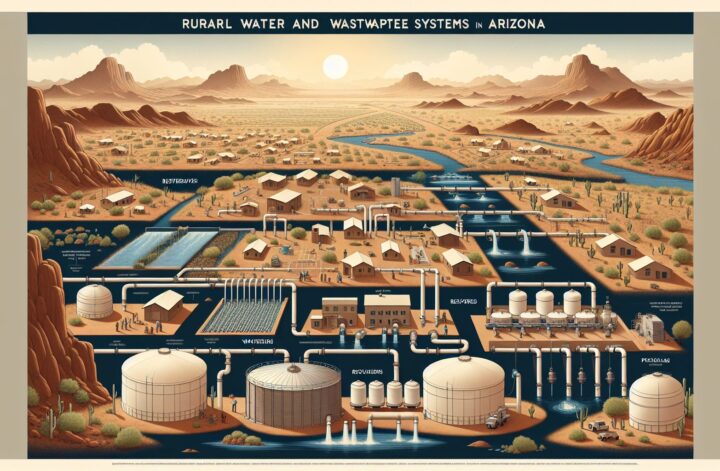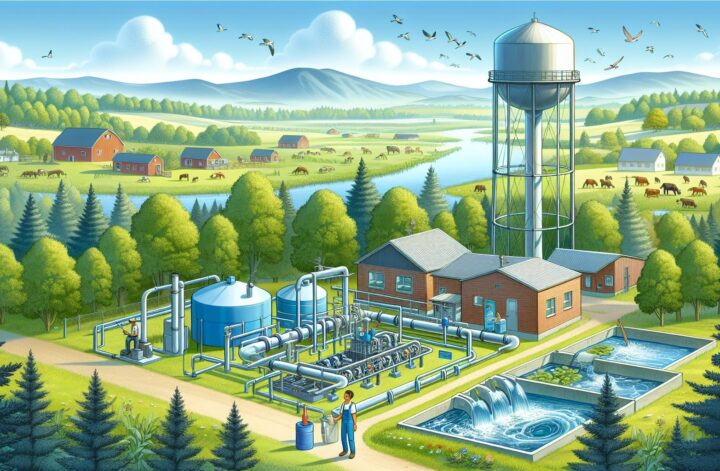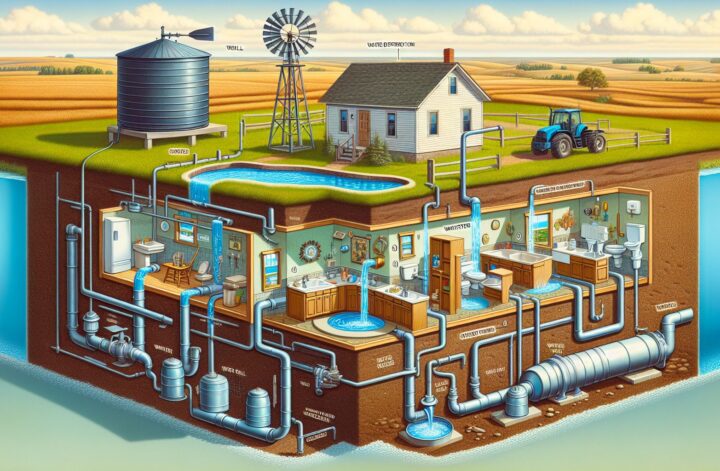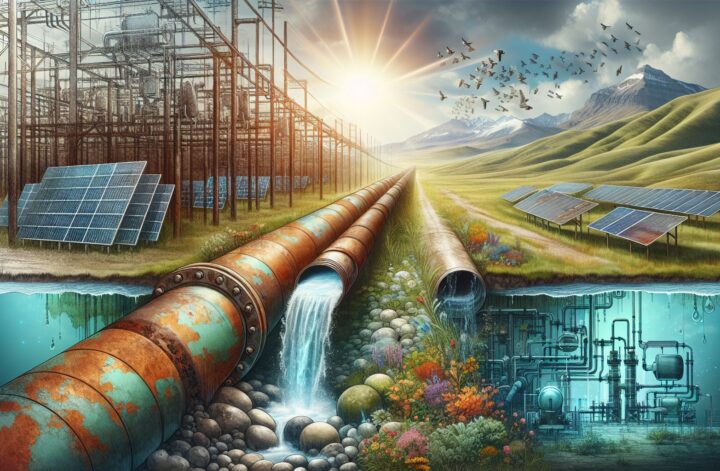Located in the American Southwest, Arizona stands out for its varied geography including deserts, pine forests, and mountain ranges. This state is also a host to grand infrastructure projects, such as the Hoover Dam. However, in its rural belts, water and wastewater systems face a range of challenges and opportunities.
Challenges
Arizona’s geography and climate create a unique set of circumstances for its water systems. Around 15 percent of Arizonans – nearly one million people – live in rural areas. These communities face considerable hurdles in obtaining water due to the state’s relatively dry climate, the dispersed nature of the population, and the inherent complexities of its water rights system.
Rural communities depend heavily on groundwater, with over 40 percent of water used in Arizona being pumped from underground resources. However, aquifers (natural underground water reservoirs) are shrinking due to excessive exploitation, causing critical problems like land subsidence and reduced water quality.
Aging infrastructure is another level of complication. Many rural Arizona water and sewage systems are old and require considerable maintenance and upgrades. Often, these systems were put in place during the area’s mining boom in the late 19th and early 20th centuries and have not been significantly updated since, leading to efficiency and safety issues.
Furthermore, wastewater treatment facilities in rural areas often struggle with financing and administrative capabilities due to smaller budgets and less extensive institutional capacity.
Solutions
Despite all these challenges, there are several initiatives and strategic measures being implemented to resolve water and wastewater issues in rural Arizona.
Firstly, leveraging funding and loan programs is a common strategy. Organizations like the Water Infrastructure Finance Authority of Arizona (WIFA) provide low-interest loans to municipal, county, and tribal governments for drinking water and wastewater infrastructure improvements. The U.S. Department of Agriculture, through programs such as the Rural Utilities Service, also offers funding for rural water infrastructure.
Secondly, technical assistance provided by organizations such as Rural Community Assistance Corporation (RCAC) is vital. They offer training, technical support, and financial resources to rural communities to help them maintain their water and wastewater systems.
Lastly, policies and regulations are being reviewed and updated to ensure water conservation and to prevent over-exploitation of groundwater. These include the Groundwater Management Act, which has created Active Management Areas (AMAs) where the use of groundwater is regulated.
In conclusion, rural water and wastewater systems in Arizona face various difficulties primarily due to the arid climate, geography, old infrastructure, and complicated water rights. However, initiatives such as providing funding, technical support, and revision of policies and regulations are in place to overcome these challenges.




